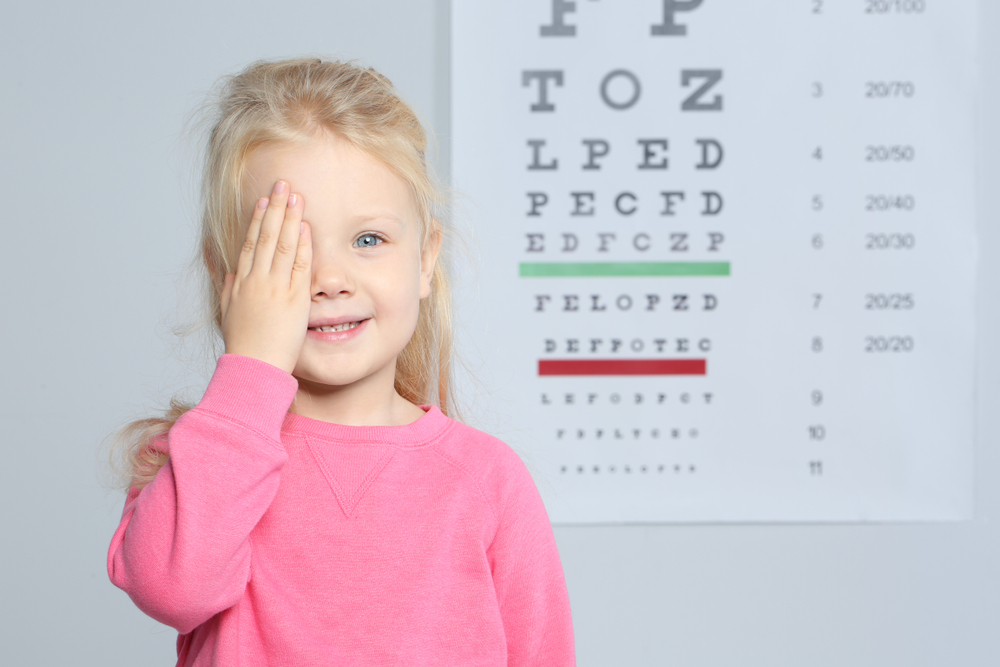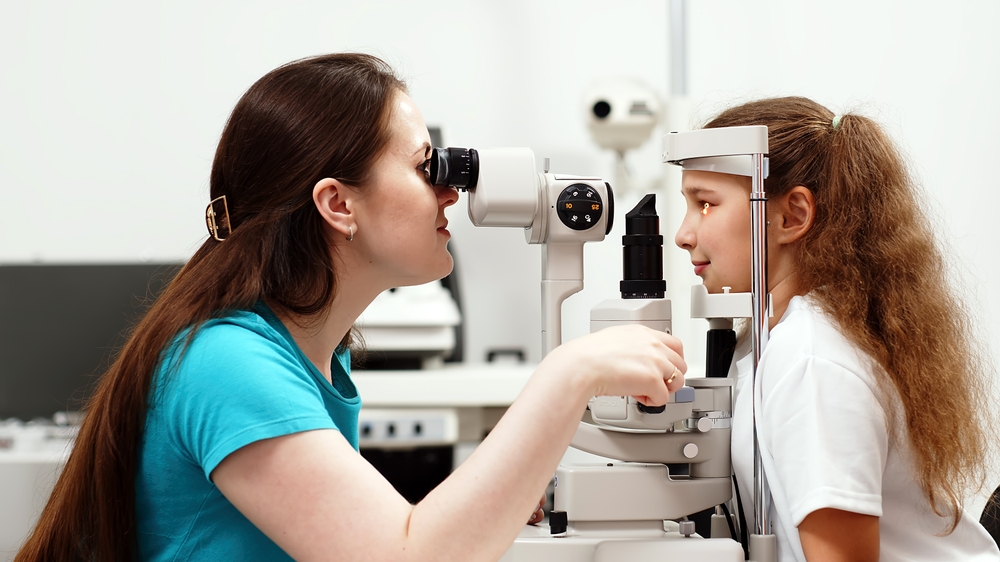If you’ve noticed your child squinting at the television or holding books closer to their face, they might be developing myopia. Also known as nearsightedness, myopia affects millions of children and continues to increase worldwide at an alarming rate.
Many parents don’t realize there are many methods to slow this progression, potentially saving their child from developing high myopia later in life. Myopia management represents an important advancement in eye care that can help protect your child’s vision for years to come.
Keep reading to learn more about myopia management and how it can benefit your child’s vision and life!
What Exactly Is Myopia?

Myopia occurs when the eye grows too long or the cornea is too curved, causing light to focus in front of the retina instead of directly on it. This results in distant objects appearing blurry while close-up vision remains clear.
While glasses and contact lenses can correct the symptoms by helping your child see clearly, traditional options often do not address the underlying issue of the eye continuing to elongate. The concern goes beyond just needing stronger prescriptions.
As myopia progresses and the eye continues to elongate, the risk for serious eye conditions later in life increases significantly. Children with high myopia have a greater chance of developing sight-threatening conditions, including retinal detachment and glaucoma in adulthood.
This is why early intervention through myopia management is so important. By slowing the progression of myopia during childhood, when the eyes are still developing, you can potentially reduce these long-term risks and help maintain better vision throughout your child’s life.
How Can I Tell If My Child Needs Myopia Management?

Identifying myopia early gives your child the best chance of successful management. Some common signs that your child might be developing myopia are:
- Squinting to see distant objects clearly
- Sitting too close to the television or computer screen
- Holding books very close while reading
- Complaining of headaches or eye fatigue
- Difficulty seeing the board at school
However, children often don’t realize their vision is declining or blurry, making regular comprehensive eye exams essential. Your eye doctor can detect myopia before it becomes obvious and track any changes in your child’s prescription over time.
If your child’s prescription is worsening at each eye exam, this is a clear indicator that myopia management may be beneficial. The rate of change in prescription can help determine how aggressively the condition needs to be managed.
What Treatment Options Are Available for Myopia Management?
Myopia management isn’t a one-size-fits-all approach. Your eye doctor at Blaine Eye Clinic will recommend a personalized treatment plan based on your child’s specific needs, age, lifestyle, and depending on how fast their myopia is progressing.
There are several effective treatment options to help manage your child’s myopia:
CRT (Corneal Refractive Therapy) Hard Contact Lenses
CRT lenses are specialized hard contact lenses worn while your child sleeps. These lenses gently reshape the cornea overnight, providing clear vision throughout the entire day without needing to wear glasses or contacts.
This non-surgical approach is reversible and can effectively slow myopia progression while giving your child the freedom to participate in sports and activities without vision correction during the day.
MiSight Soft Contact Lenses
MiSight is the first FDA-approved soft contact lens specifically designed for myopia control in children. These daily disposable lenses are worn during the day and feature a unique optical design that corrects your child’s vision while simultaneously working to slow the elongation of the eye. Many children adapt quickly to MiSight lenses, making them an excellent option for active lifestyles.
Atropine Eye Drop Therapy
Low-dose atropine eye drops may be prescribed for children whose myopia is progressing quickly. These drops work by relaxing the focusing mechanism in the eye and may influence how the eye grows.
They’re typically used once daily, often at bedtime, and can be combined with other treatments for enhanced effectiveness. Atropine therapy can be particularly useful for younger children who may not be ready for contact lens wear.
Your eye doctor will discuss which options might work best for your child based on their age, prescription, lifestyle factors, and willingness to comply with treatment. In some cases, eye doctors may recommend a combination of treatments.
Is Myopia Management Effective?
While results vary from child to child, most parents report satisfaction with their decision to pursue myopia management. It’s important to understand that myopia management doesn’t cure or reverse myopia—rather, it aims to slow its progression.
Your child will still need vision correction, but the goal is to minimize how much their prescription increases over time and reduce their risk of developing high myopia.
Success depends on several factors, including how early treatment begins, consistency in following the prescribed treatment plan, and regular monitoring by your eye doctor.
Children who start myopia management at the first signs of nearsightedness typically see better results than those who begin after significant progression has already occurred.
How Do I Get Started with Myopia Management for My Child?

The first step is scheduling a comprehensive eye exam with an eye doctor experienced in myopia management. At Blaine Eye Clinic, our eye doctors can evaluate your child’s vision, measure their current prescription, and assess other factors that may influence treatment recommendations.
During this appointment, your eye doctor will also take measurements of your child’s eye length, which serves as an important baseline for tracking progress. They’ll discuss your child’s visual habits, family history of myopia, and lifestyle factors that may contribute to myopia progression.
Based on this exam, your eye doctor will recommend a personalized myopia management plan and explain the benefits and considerations of each option.
Is your child showing signs of nearsightedness, or has their prescription been increasing at recent eye exams? Don’t wait to address this important aspect of their eye health. Schedule an appointment at Blaine Eye Clinic in Blaine, MN, today!





